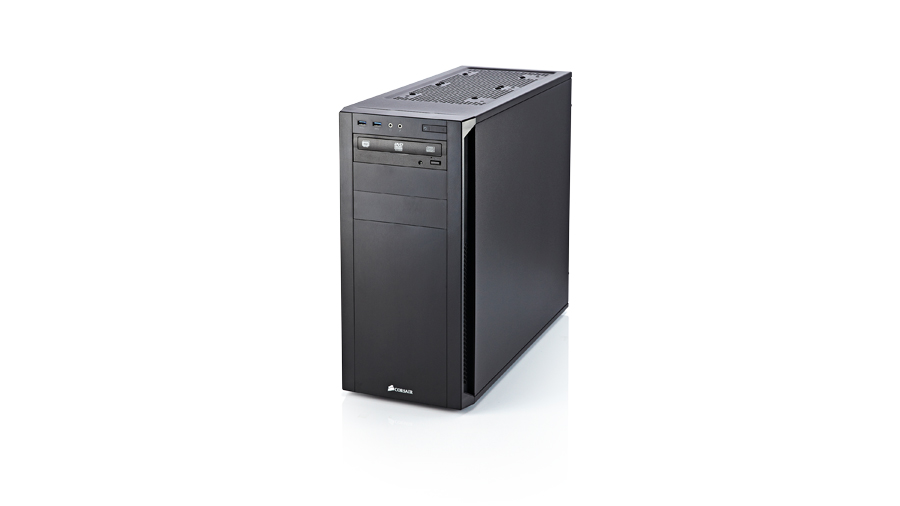TechRadar Verdict
Pros
- +
Excellent performance
- +
Good value for money
- +
250GB SSD
Cons
- -
Noisy at full load
Why you can trust TechRadar
Decent Core i5 rigs of the Ivy Bridge generation had comfortably settled into a moderately expensive groove and we were OK with that. Then Haswell appeared with the traditional price premium stuck on any new technology and we heaved a heavy sigh.
But no more. Aria has pulled out at least some of the stops to make a proper Haswell gaming rig for a slightly less shocking price without sacrificing any of the good stuff, and called it the Gladiator Diablo GTX.
This is overclocked i5 territory, with a top-end graphics card and SSD to boot. It's still a hell of a lot of money to spend on a PC, and it would be disappointing not to get close to the top-end performance specs of a generation.
The lack of compromise in this Aria machine is thoroughly impressive. The i5-4670K has become, inevitably, the go-to gaming CPU of this generation and here we've got a pretty good 4.5GHz clockspeed out of it. After the conservative overclocks of the first few Haswell rigs, we're starting to see system integrators getting their fingers dirty and cranking them up.
The most impressive components in this rig are the GTX 770 graphics card and 250GB Samsung SSD. The GPU is comparable to a GTX 680, while the SSD is nicely capacious - it isn't the Pro version, but we'll happily trade the slight performance hit for double the capacity.
Getting these two in a rig for this price is unprecedented in these Fourth Generation Core times. The only issue is that it does make a lot of noise when you get it going.
Money matters
So, how has Aria managed this? It's probably a combination of building a loss-leading product to impress the buying public, along with the hefty buying power of a company that sells components as well as full rigs.
Aria has also been pretty smart at spending on the right components and saving on others. Gigabyte has a huge chunk of the Z87 market right now, and the HD3 here is among the cheapest motherboards for your Haswell chip.
The Corsair 200R is also a great value choice, as is the decision to go with 8GB RAM rather than the largely unnecessary 16GB of the Chillblast machine.
Benchmarks
Audibly aggressive experience aside, the performance of the Aria machine is astounding. It's only just behind the much more expensive Chillblast machine and roasts the similarly priced Cyberpower rig too.
CPU encoding performance
X264 v4.0: Frames per second: Higher is better
Gladiator Diablo GTX: 44
Fusion Bandit: 47
3XS Vengeance 780: 54
Achilles XT: 46
DirectX 11 gaming performance
Max Payne 3: Frames per second: Higher is better
Gladiator Diablo GTX: 33
Fusion Bandit: 34
3XS Vengeance 780: 46
Achilles XT: 21
DirectX 11 gaming performance
Metro: Last Light: Frames per second: Higher is better
Gladiator Diablo GTX: 19
Fusion Bandit: 20
3XS Vengeance 780: 28
Achilles XT: 12
Verdict
While there is little sign of compromise in the components, there is some compromise in the overall experience. When you're running a demanding game or application on the Gladiator Diablo GTX you'll certainly know about it. The basic chassis doesn't do much for keeping the noise down and it ends up being one loud PC.
The Fusion Bandit will deliver the same sort of performance, with a more luxurious experience, but this Aria rig is far more affordable. Maybe use the spare cash to invest in some noise-cancelling headphones, though.

